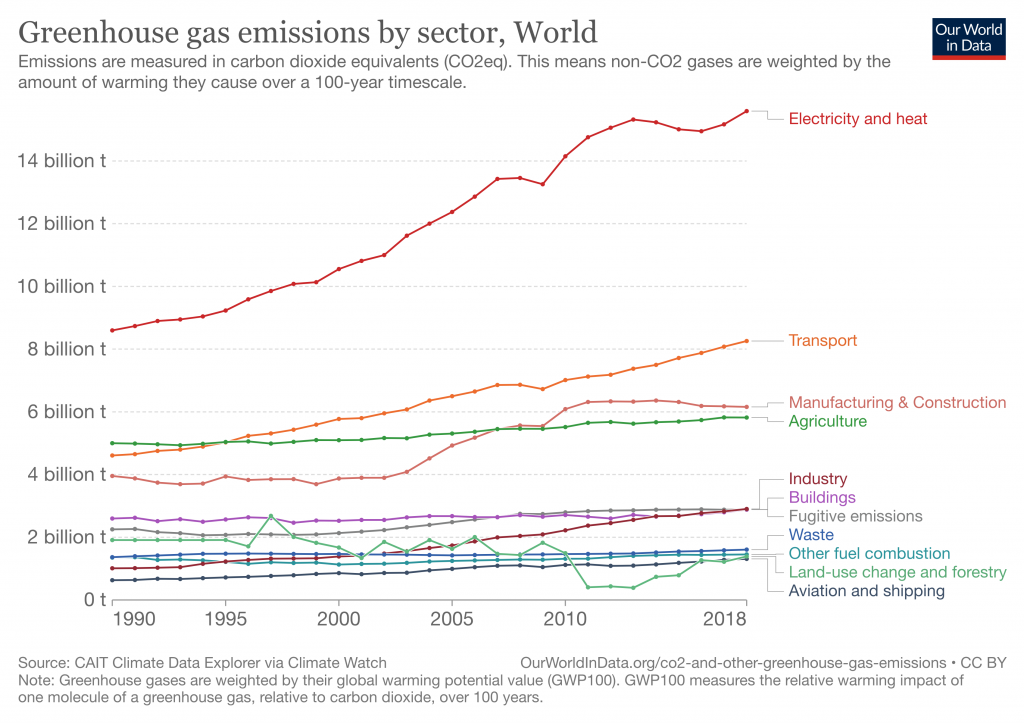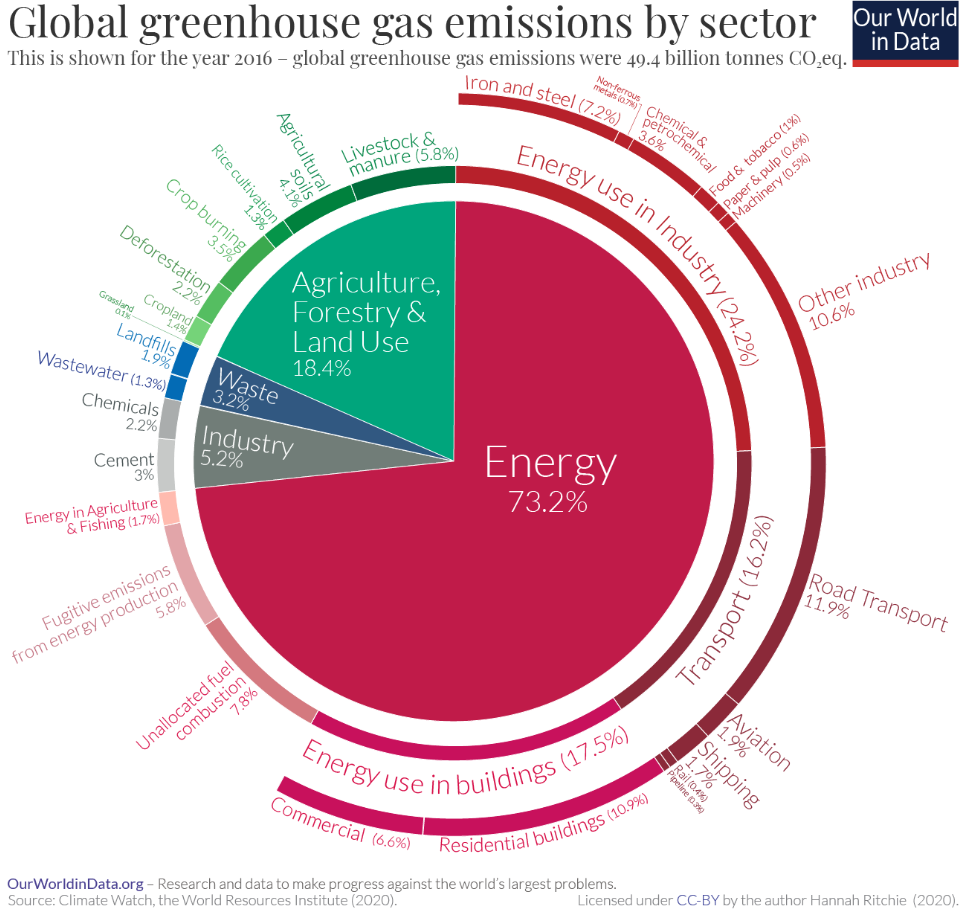10.15 Conservation and Efficiency
Jeff Simpson and Carolina Londono Michel
Learning Objectives – By the end of this chapter, you should be able to do the following.
- Explain why conservation is a better return on investment and energy production.
- Explain how the electrification everything can lead to lower emissions and more savings.
- Explain challenges related to conservation, efficiency and transportation.
- List advantages and disadvantages of conservation and efficiency.
- Explain how a reduction in consumption and increase in efficiency can create a more sustainable world.
Electrification of Everything
https://www.eia.gov/beta/states/states/az/overview <-See this for electrification of transportation.
Video 10.16.1 – It’s Time To Rewire America And Electrify Everything (3:14)
More than 60% of the fuels we use to generate electricity goes to waste.
More than 80% of the energy we put into vehicles is wasted.
We use less than ½ the energy we do presently.
We can save money, have a better environment and irritate the fossil fuel companies.
Video 10.16.2 – How to Decarbonize the Grid and Electrify Everything | John Doerr and Hal Harvey (20:30)
Transportation
Video 10.16.4 –Transportation 101 (2:47)
To pump, pipe, refine and distribute a gallon of gasoline requires 6-8 kWh of electricity. An EV getting 4 mi/kWh can go from 24-32 miles just on the electricity in a gallon of gasoline.
Conservation and Efficiency
Video 10.17.5 – Energy Efficiency 101 (1:31)
A Few Words on Consumption
Video 10.16.6 – Cities & Rising Energy Consumption 101 (2:30)


Energy (electricity, heat and transport): 73.2% LINK
Energy use in industry: 24.2%
Iron and Steel (7.2%): from the manufacturing of iron and steel.
Chemical & petrochemical (3.6%): manufacturing of fertilizers, pharmaceuticals, refrigerants, oil and gas extraction, etc.
Food and tobacco (1%): manufacturing of tobacco products, food processing (the conversion of raw agricultural products into final products, such as the conversion of wheat into bread).
Non-ferrous metals: 0.7%: Al, Cu, Pb, Ni, Sn, Ti, Zn alloys such as brass. The manufacturing of these metals requires energy which results in emissions.
Paper & pulp (0.6%): conversion of wood into paper and pulp.
Machinery (0.5%): from the production of machinery.
Other industry (10.6%): manufacturing in other industries including mining and quarrying, construction, textiles, wood products, and transport equipment (such as car manufacturing).
How Ending Mining Would Change the World – BBC
Reduce, Reuse, Recycle
Policy Options
Governmental Mechanisms
Non-Government Mechanisms
Mandatory Energy Standards
Mandatory Energy Labels
Carbon Taxes
Benefits and Issues
A note on the author’s own life.

